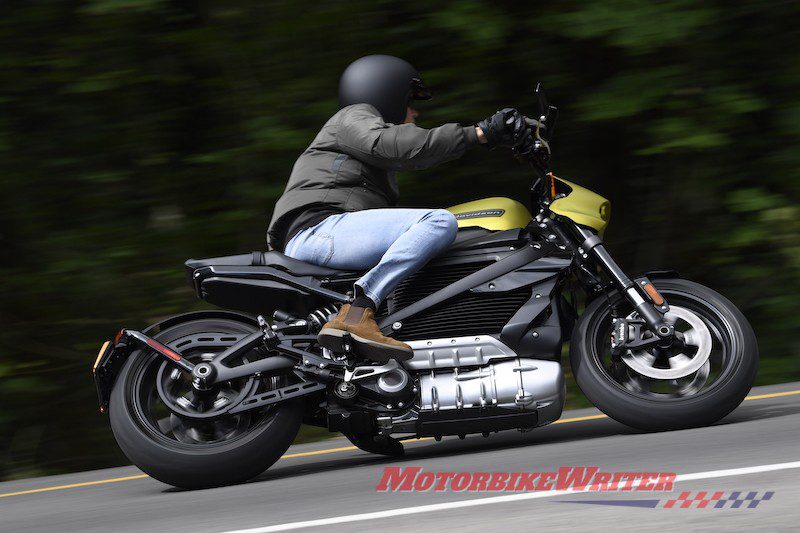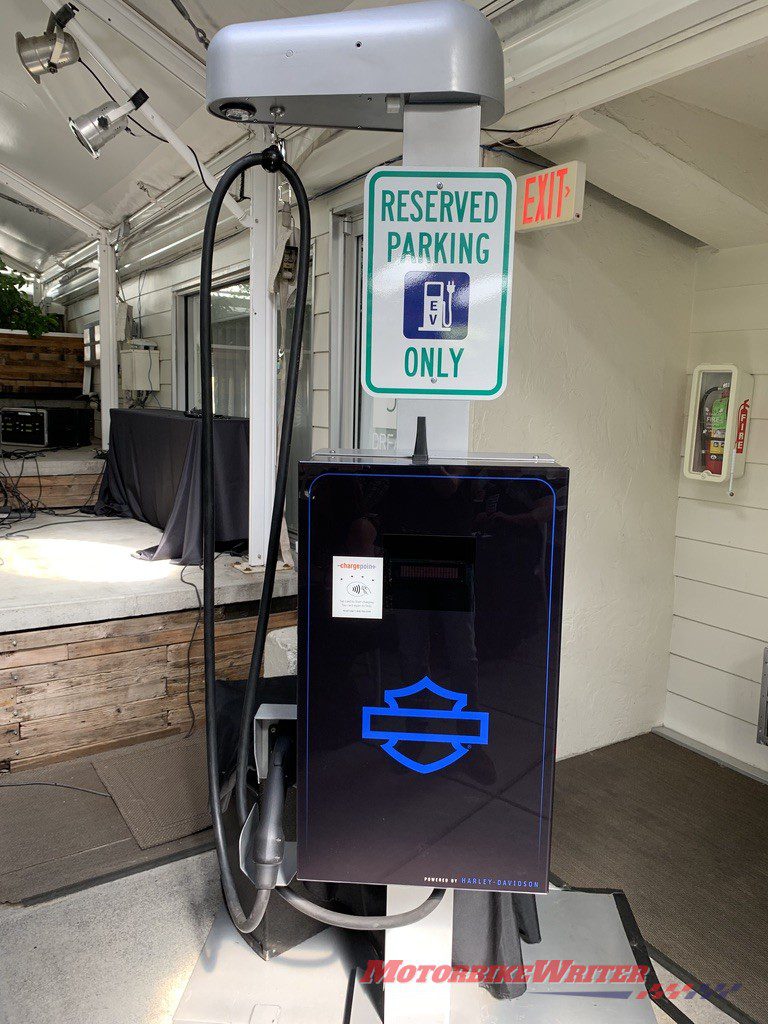A Swiss rider has just ridden a Harley-Davidson LiveWire 1723km across four nations in one day using Level 3 DC fast chargers.
Sounds good, but we did some calculations and reckon he would have spent six hours recharging!
Rider Michel von Tell, aged 39, is a journalist and comedian described as the Euro version of US comedian Bill Burr … we don’t know him either. Anyway, he’s apparently a bit of a celebrity and his YouTube channel has millions of followers.
His feat shattered the previous record of 1134.3km in one day set in 2018 by German Remo Klawitter on a Zero electric motorcycle fitted with an optional Charge Tank with Level 2 charging.
Calculations for one day record
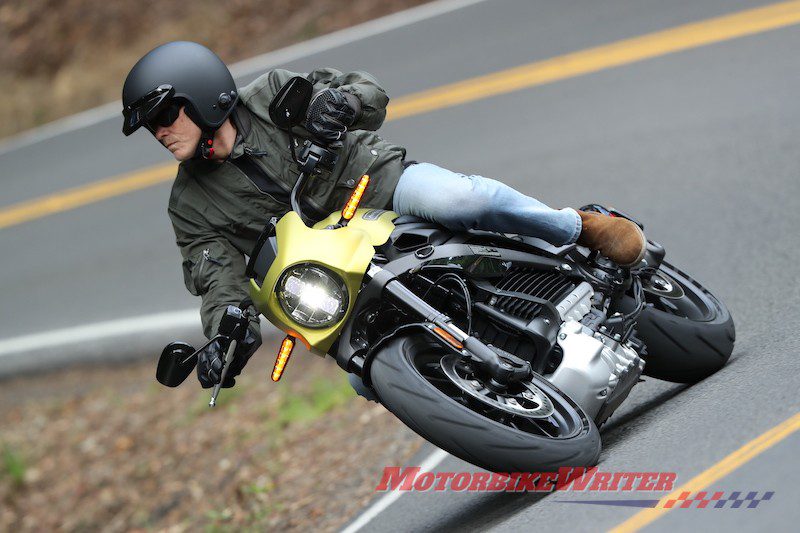
Harley claims the bike has city range of up to 235km and 152km of highway range. We tested that on the launch last year and it appears about right.
They also say that the bike takes 30 minutes to charge to 80% capacity and 40 minutes to fully charge on a Level 3 DC fast charger.
Michel says he usually only stopped for 25 minutes at a time, but let’s be generous and say that was enough for an 80% charge.
So we calculate that to cover 1723km in 24 hours (actually 23 hours and 48 minutes), Michel needed to keep an average speed of about 70km/h.
Recharging
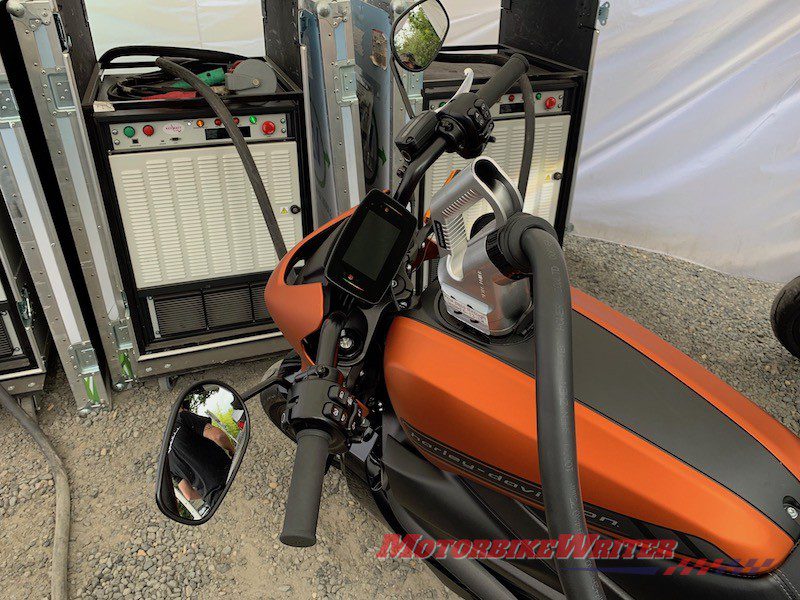
We imagine he mainly did highway riding to attain that average speed.
That means recharging every 121km as that’s 80% of 152km.
So he would have had to recharge about 14 times.
If he recharged for 25 minutes at a time, he spent almost six hours recharging.
So he was only travelling for 18 hours, which means his average speed would have had to be more like 95km/h.
At that rate, he would cover 121km in about 90 minutes.
So he rode for 90 minutes, then sat around for 25 minutes to recharge.
And that’s using Level 3 DC fast chargers which are not in abundant supply outside Europe and California!
It’s really not a great advertisement for electric motorcycles.
Michel didn’t pay the hefty fee to Guinness World Records to validate his claimed record, but does have signed witness statements.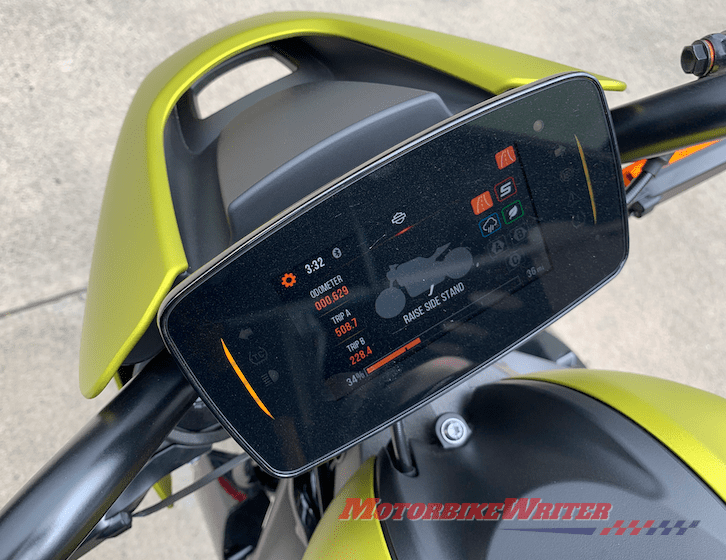

The LiveWire was launched in northern hemisphere in September at $US30,000 and is expected to be launched in Australia late this year.
At current low exchange rates that could mean it might cost more than $A50,000.


